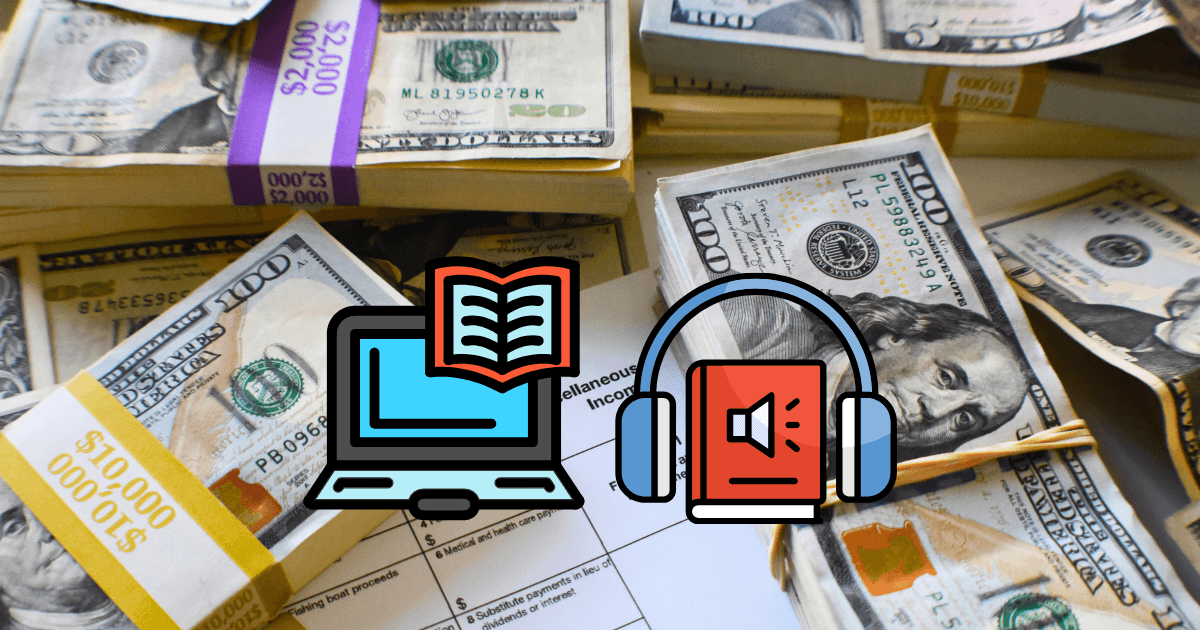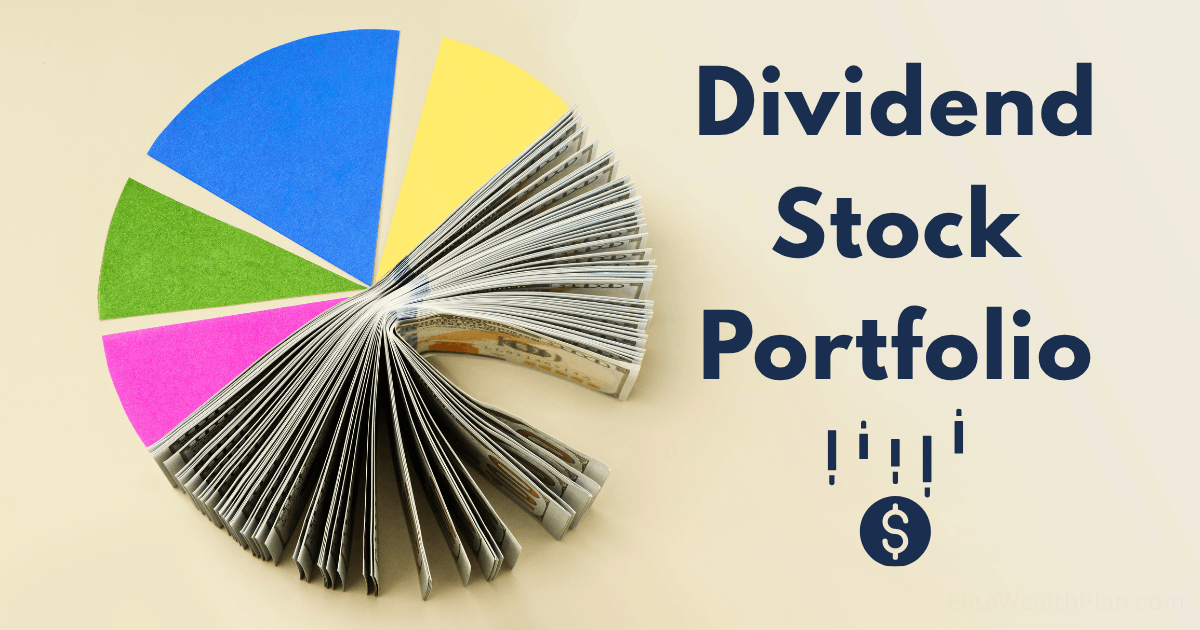Royalty Income Streams: How My Self-Published Books Make $1,500/Month Years After Launch

Four years ago, I published my first self-help book with little expectation beyond sharing my ideas with the world. I’d heard the statistics—most self-published books sell fewer than 100 copies in their lifetime. Yet today, my portfolio of seven self-published books generates over $1,500 in monthly royalties with minimal ongoing effort. This isn’t a story about overnight success or gaming the system. It’s about building sustainable, passive income streams through strategic content creation and methodical marketing.
In this detailed case study, I’ll reveal the exact framework I used to create this reliable income stream, the platforms that deliver the best returns, and the counterintuitive strategies that have allowed my books to maintain—and even increase—their earnings years after publication.
The Reality of Self-Publishing Income in 2025
Before diving into my strategy, let’s address the elephant in the room: most self-published authors don’t make significant money. According to a 2024 industry analysis, approximately 70% of books fail to recoup their initial investment, and 19% of books published by major publishers sell fewer than a dozen copies.
Yet the same data reveals a fascinating countertrend: self-published authors are increasingly outearning their traditionally published counterparts. Why? Because self-publishing offers royalty rates of 35-70%, compared to the 10-15% typically offered by traditional publishers.
My current monthly breakdown looks like this:
| Platform | Monthly Royalties | % of Total Income |
| Amazon KDP (eBooks) | $720 | 48% |
| Amazon KDP (Print) | $375 | 25% |
| Apple Books | $165 | 11% |
| Audiobook Sales | $240 | 16% |
| Total | $1,500 | 100% |
This income arrives like clockwork each month, regardless of whether I’m actively promoting my books. That’s the power of royalty income—once the initial work is done, the revenue continues flowing with minimal additional effort.
My 7-Book Portfolio: The Foundation of Sustainable Income
A critical insight from my research: successful self-published authors rarely make a living from a single book. According to Edward W. Robertson’s analysis, authors with multiple titles are significantly more likely to earn substantial income, even if individual books have modest sales ranks.
My portfolio consists of seven strategically planned books:
- The Productivity Blueprint (Flagship book, 2021)
- Monthly sales: ~150 copies
- Monthly revenue: ~$525
- Focus: Comprehensive productivity system
- The 30-Day Focus Challenge (Companion workbook, 2021)
- Monthly sales: ~120 copies
- Monthly revenue: ~$300
- Focus: Practical exercises based on book #1
- Mindful Productivity (Related topic, 2022)
- Monthly sales: ~80 copies
- Monthly revenue: ~$240
- Focus: Mindfulness techniques for professionals
- Digital Minimalism at Work (Targeted niche, 2022)
- Monthly sales: ~60 copies
- Monthly revenue: ~$180
- Focus: Reducing digital overwhelm
- The 5-Minute Journal Method (Specific technique, 2023)
- Monthly sales: ~50 copies
- Monthly revenue: ~$125
- Focus: Journaling for productivity
- Deep Work for Entrepreneurs (Targeted audience, 2023)
- Monthly sales: ~40 copies
- Monthly revenue: ~$100
- Focus: Focus techniques for business owners
- The Productive Morning Routine (Specific timeframe, 2024)
- Monthly sales: ~30 copies (newest book)
- Monthly revenue: ~$30
- Focus: Morning rituals for success
Notice the strategic pattern: each book connects to a central theme (productivity) while targeting different aspects, techniques, or audiences. This creates multiple entry points to my “ecosystem” while allowing cross-promotion between titles.
The 5-Pillar Framework for Sustainable Book Royalties
After analyzing what worked (and what didn’t) across my publishing journey, I’ve identified five critical pillars that support sustainable royalty income:
Pillar 1: Strategic Topic Selection
The foundation of long-term royalty income is choosing topics with evergreen appeal. According to Architect Elevator, many successful books have shelf lives spanning decades, selling thousands of copies annually long after publication.
My topic selection process involves:
- Identifying perennial problems: I focus on challenges that people consistently face (productivity, focus, work-life balance) rather than trendy topics.
- Validating market demand: Before writing, I analyze Amazon bestseller lists, search volumes, and competition to ensure sufficient interest.
- Assessing my unique angle: I only proceed if I can offer a fresh perspective or framework that differentiates my book from existing options.
- Considering series potential: I prioritize topics that can spawn multiple related books, creating a “content ecosystem.”
This approach has helped my books maintain relevance years after publication. My first book actually sells more copies now than during its launch month, a rare achievement in publishing.
Pillar 2: Quality Content Engineering
While it might seem obvious, the quality of your book dramatically impacts its long-term sales potential. However, “quality” in self-publishing extends beyond good writing:
- Professional editing: I invest in three rounds of editing (developmental, copyediting, and proofreading), costing approximately $1,500-2,000 per book.
- Strategic formatting: My books feature scannable layouts with bullet points, subheadings, and callout boxes to enhance readability.
- Visual elements: I include diagrams, charts, and worksheets that add value and make concepts more accessible.
- Actionable frameworks: Each book contains proprietary frameworks and step-by-step processes readers can implement immediately.
- Supplemental resources: I create downloadable worksheets, templates, and audio guides accessible via QR codes within the books.
According to Shopify’s publishing research, professional editing and design can significantly impact a book’s perceived value and long-term sales potential. My investment in quality has paid dividends through positive reviews (my books average 4.7/5 stars), which drive the algorithm-based visibility that sustains sales.
Pillar 3: Multi-Format Publishing
A crucial strategy for maximizing royalty income is publishing in multiple formats. According to Mark Schaefer, audiobooks alone can account for one-third of total book revenue.
For each book, I publish:
- Kindle eBook: The highest-margin format, earning 70% royalties on books priced between $2.99-$9.99.
- Paperback: Using Amazon KDP’s print-on-demand service, eliminating inventory costs.
- Hardcover: For premium positioning and higher per-unit royalties.
- Audiobook: Through ACX/Audible, reaching listeners who prefer audio content.
- Large Print Edition: Targeting an often-overlooked demographic with higher price points.
This multi-format approach ensures my books are available to readers regardless of their format preference, maximizing potential market reach. It also creates multiple “discovery points” within Amazon’s ecosystem, increasing visibility.
Pillar 4: Strategic Launch Sequence
While my focus is on long-term royalties, a strategic launch creates momentum that can sustain sales for months or years. My launch sequence includes:
- Pre-launch audience building: 3-4 months before publication, I begin sharing insights from the book on social media and my email list.
- Advanced Reader Team: I recruit 50-100 readers who receive free advance copies in exchange for honest reviews during launch week.
- Category targeting: I carefully select Amazon categories where my book can achieve bestseller status, enhancing visibility.
- Price pulsing: I launch at $0.99 for 3-5 days to drive volume and algorithm visibility before increasing to the standard price.
- Promotional stacking: I coordinate promotions like BookBub, Bargain Booksy, and Amazon ads to concentrate sales within a short timeframe.
This approach typically results in 500-1,000 sales during launch week, establishing a sales history that helps Amazon’s algorithm continue recommending the book long after the promotional period ends.
Pillar 5: Sustainable Marketing Systems
The key to maintaining royalty income years after publication is implementing sustainable marketing systems that require minimal ongoing effort:
- Amazon Advertising: I maintain evergreen Amazon ads with 20-30% ACoS (Advertising Cost of Sale), ensuring profitability while maintaining visibility.
- Content ecosystem: Each book promotes my other books, creating a self-reinforcing sales cycle.
- Email automation: New readers are invited to join my email list for free resources, entering an automated sequence that introduces my other books.
- Periodic price promotions: Quarterly promotions (often coordinated across multiple books) create sales spikes that boost algorithm visibility.
- Backmatter optimization: The final pages of each book are strategically designed to guide readers to their next purchase.
According to Publishing.com, leveraging data analytics is essential for maximizing long-term profits. I review performance metrics monthly and adjust my marketing approach accordingly, ensuring sustained visibility with minimal active management.
The Economics: Investment vs. Return
Self-publishing isn’t free—quality books require upfront investment. Here’s the typical cost structure for each of my books:
| Expense Category | Cost |
| Developmental Editing | $800 |
| Copyediting | $500 |
| Proofreading | $300 |
| Cover Design | $500 |
| Interior Layout | $350 |
| Audiobook Production | $1,500 |
| Launch Marketing | $500 |
| Total Investment | $4,450 |
With average monthly royalties of $215 per book ($1,500 ÷ 7), each book pays for itself in approximately 21 months. After that point, the royalties become pure profit—a return that continues for years or even decades.
My first book, published four years ago, has now generated over $25,000 in total royalties from a $4,000 investment—a 525% ROI and counting.
Beyond Direct Royalties: The Multiplier Effect
While $1,500 in monthly royalties is significant passive income, the true value of my books extends far beyond direct sales. They’ve created what I call the “multiplier effect”:
- Speaking opportunities: My books have led to paid speaking engagements averaging $3,000 per event.
- Consulting clients: Approximately 15% of my high-ticket consulting clients discovered me through my books.
- Course sales: My online courses, which expand on concepts from my books, generate an additional $2,000-3,000 monthly.
- Affiliate income: Book-related resource recommendations generate approximately $500 monthly in affiliate commissions.
- Brand authority: The credibility of being a published author has opened doors to partnerships and opportunities that would otherwise be inaccessible.
According to HMD Publishing, professional speakers can earn between $50,000 and $300,000 annually, with established experts commanding $20,000-$50,000 per engagement. My books serve as powerful “business cards” that facilitate these higher-income opportunities.
Common Myths About Self-Publishing Income
Throughout my journey, I’ve encountered several persistent myths about self-publishing income:
Myth 1: “You need to be a bestseller to make money”
Reality: Consistent, modest sales across multiple titles often generate more sustainable income than a single bestseller. My books have never cracked the top 1,000 on Amazon, yet collectively they provide significant monthly income.
Myth 2: “Book sales drop off dramatically after launch”
Reality: With strategic marketing and quality content, sales can remain stable or even increase over time. My first book sells more copies now than during its first year.
Myth 3: “You need a huge platform to sell books”
Reality: While a platform helps, strategic use of Amazon’s ecosystem can drive sustainable sales even with a modest following. I started with fewer than 1,000 email subscribers.
Myth 4: “Self-published books don’t have longevity”
Reality: Evergreen topics with quality content can sell consistently for years or decades. According to Edward W. Robertson, many indie authors earn substantial income from backlist titles published years earlier.
Getting Started: Your Roadmap to Royalty Income
If you’re inspired to create your own royalty income stream through self-publishing, here’s a practical roadmap to get started:
Step 1: Topic Research and Validation (2-4 Weeks)
- Identify 3-5 potential book topics within your area of expertise
- Research Amazon bestseller lists and categories for these topics
- Analyze competition (number of books, quality, reviews, pricing)
- Validate demand through keyword research tools like Publisher Rocket
- Select your initial book topic based on market opportunity and your unique angle
Step 2: Content Creation (3-6 Months)
- Create a detailed outline with chapter structure
- Establish a consistent writing schedule (I write for 90 minutes daily)
- Draft your manuscript (aim for 40,000-60,000 words for non-fiction)
- Incorporate visual elements, exercises, and actionable frameworks
- Include strategic references to potential future books
Step 3: Production Process (2-3 Months)
- Hire professional editors (developmental, copy, proofreading)
- Invest in professional cover design
- Format interior for both print and digital versions
- Record audiobook or hire a professional narrator
- Prepare supplementary materials (worksheets, resources)
Step 4: Publishing Platform Setup (2 Weeks)
- Create accounts on key platforms (Amazon KDP, Apple Books, etc.)
- Upload properly formatted files for each format
- Set strategic pricing for each format and market
- Write compelling book descriptions with keywords
- Select appropriate categories and keywords for discoverability
Step 5: Launch Strategy Implementation (1 Month)
- Build a launch team of 50+ advance readers
- Schedule promotional opportunities (newsletters, podcasts, etc.)
- Prepare launch-specific content for social media and email
- Set up Amazon Advertising campaigns
- Implement price pulsing strategy for maximum visibility
Step 6: Sustainable Marketing Systems (Ongoing)
- Establish automated email sequences for new readers
- Create evergreen Amazon Advertising campaigns
- Schedule quarterly promotional activities
- Monitor performance metrics and adjust strategies accordingly
- Begin planning your next book to build your portfolio
Conclusion: The Compound Effect of Publishing
Building a sustainable royalty income stream through self-publishing isn’t a get-rich-quick scheme—it’s a long-term wealth-building strategy. The true power lies in the compound effect of multiple books working together to generate income while you sleep.
What makes this income stream particularly valuable is its durability. Unlike many online businesses that require constant adaptation to algorithm changes or platform policies, books have remarkable staying power. My first book, published four years ago, continues to sell steadily month after month with minimal maintenance.
The journey to $1,500 in monthly royalties took me three years and seven books. Your timeline may differ based on your niche, quality, and marketing efforts, but the fundamental principles remain the same: create valuable content, publish strategically across multiple formats, and implement sustainable marketing systems.
The most important step is simply to begin. As the Chinese proverb says, “The best time to plant a tree was 20 years ago. The second best time is now.” Your future self will thank you for the royalty checks that arrive month after month, year after year, from the books you publish today.







